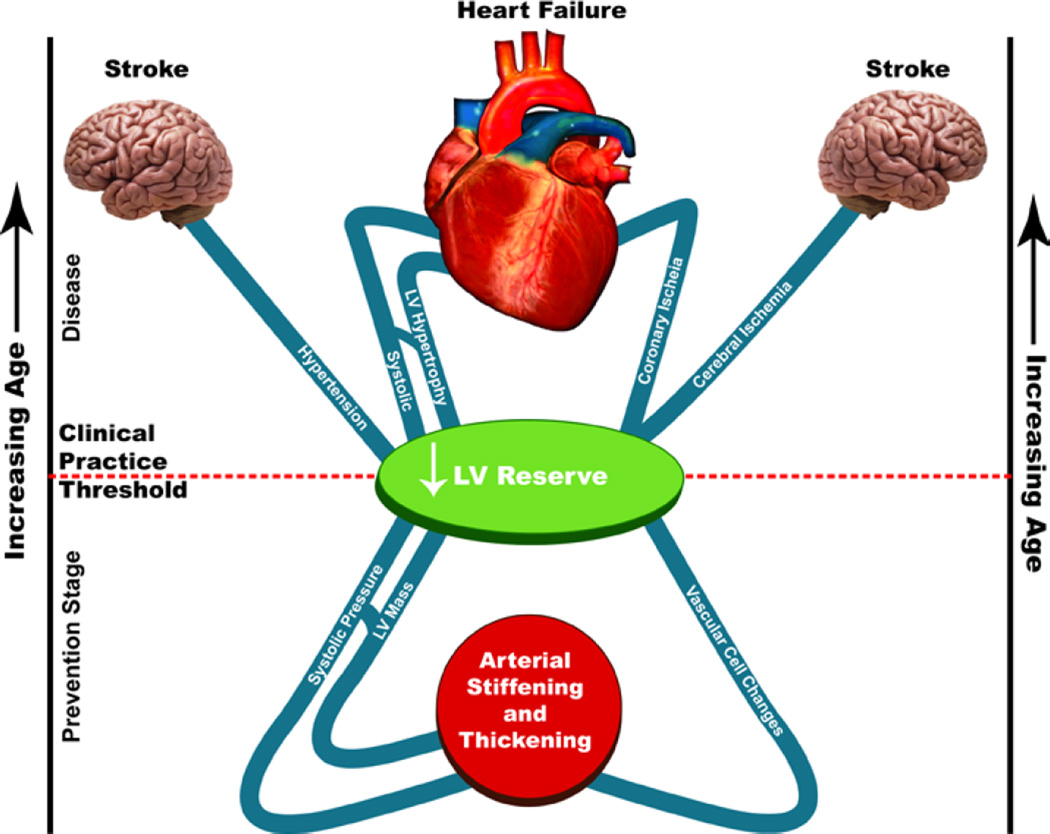Figure 7. Cardiovascular aging is the major rick factor for morbidity and mortality.
Imagine that age increases as one moves from the lower to the upper part of the figure and that the line bisecting the top and bottom parts represents the clinical practice “threshold” for disease recognition. Age-associated changes in cardiac and vascular properties (depicted below the clinical practice threshold line) alter the substrate on which cardiovascular disease (entities above the line). Thus, entities above the line are presently classified as “diseases” that lead to heart and brain failure. Vascular and cardiac changes presently thought to occur as a result of a “normal aging process” are depicted below the line. These age-associated changes in cardiac and vascular properties alter the substrates on which cardiovascular disease (entities above the line) is superimposed. Those age-associated changes in CV structure or function below the line 7 ought not to be considered to reflect “normal” CV aging. Rather, in the context of molecular and cellular disorder that accompanies “borrowed time,” they might be construed as specific risk factors for the CV diseases that they relate to, and thus might be construed as targets of interventions designed to decrease the occurrence or manifestations of cardiovascular disease at later ages (From Ref. 26).

